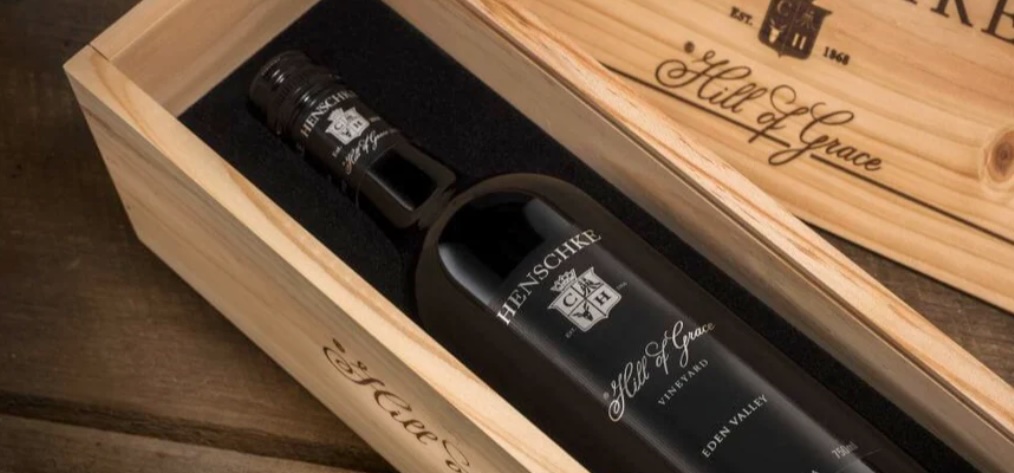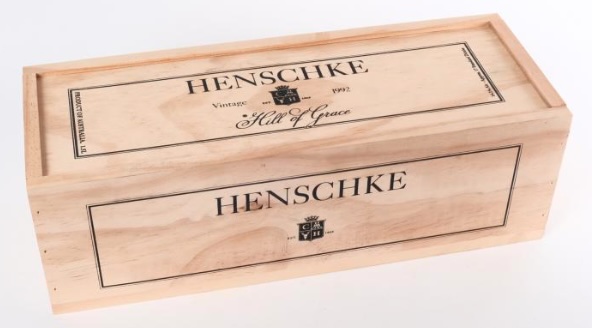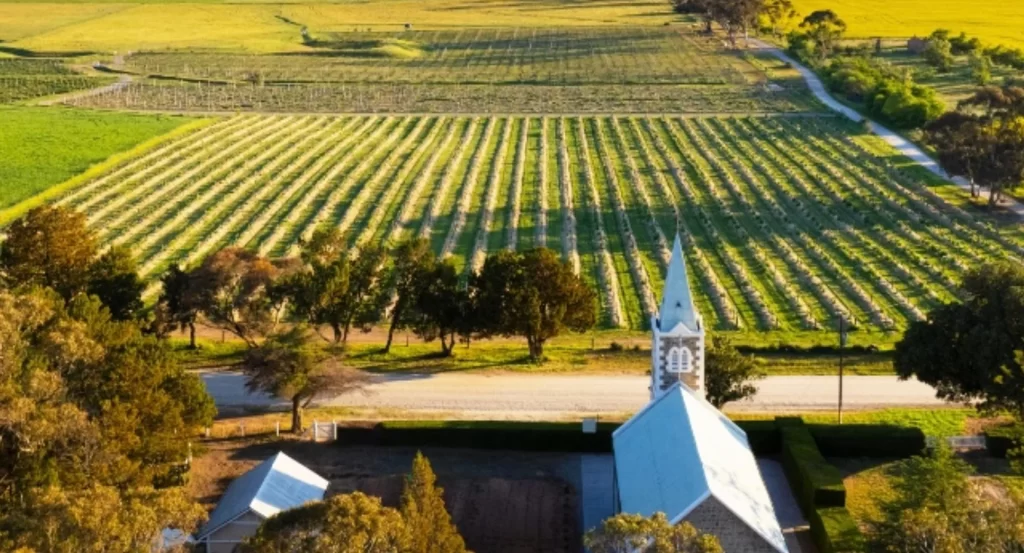Hill of Grace – there are few things in our life time that transcends reality and this is one.
Just outside of Adelaide, South Australia, this has history and heritage.
It ties down the contributions of early waves of migrants that led to good things for state and country. Most of us are not blessed to notice them because we are either too busy and just not aware. Those that are aware put it down as something inspirational, to be followed , awaiting the opportunity. Both overall the admiration is across the board.
Treasure
The Hill of Grace vineyard is one Australian treasure.
I managed to see this shortly after coming to South Australia. One of the things that I suspect new arrivals do is to read about their new surrounds, partly to get context. And to engage meaningfully in a conversation and to assimilate. And the Hill of Grace loomed large compared other things I discovered.
I tell a lie if I said alcohol did not play a part. There is something about alcohol despite its effect on body and mind in a good way. The individuality, the craft that is followed and the pride that is involved. Not to mention the eye catching bottles and their designs that you see as you travel, running thru the duty free gauntlet at airports.
As wine factors heavily in Adelaide’s and South Australia’s lives. It became a subject of interest in matter of days. To cut a long story short, it led me to the Hill.

The name – Hill of Grace is emotive and evocative suggesting calmness, and leaning towards serenity and serendipity. Secondly we are talking about the nectar of gods that it produces. Then central to everything is the circa 150 year old vines.
Arguably one of the oldest surviving vines in Australia and the World. Both the Old and New Worlds had to pull our their ancient vines due to the phylloxera blight in the mid and late 1800s. This ravaged the industry across the wine regions across the World with some exceptions.
South Australia survived due to its remoteness. And those Shiraz vines delivered the fabled Hill of Grace wine.
Journey to the fabled vineyard
So the journey began on an early Saturday morning with a young family in tow and to Eden Valley we head. As we ventured closer it became clear that either we got our geography wrong or nobody other than those that work there would know how to reach this vineyard.
From bitumen to gravel and then to tree foliage covered earthen roads we went. We eventually broke cover. We saw a small vineyard to the left and a church on the right. The Church was facing the vineyard. like God was watching the vineyard.
I have never seen vines that was so gnarled as that before or since. It was ancient and yet alive. The place was indeed serene and calm and there was no other soul in sight. Only the sound of nature was with us.
That morning was magical and the church’s position in overlooking the ancient vines added to the allure. I am sure if the Knights Templars made it this far East, this church would be the perfect place for their gathering – mystical and secretive.
We left as we came, nothing touched, nothing taken and nothing left behind. Anything else would not be right.

The Henschekes
4th generation Stephen and Pru Henschke are the present custodians with a 5th and 6th generation. closely behind. What a responsibility. Both have contributed immensely to viticulture and the wine industry besides being guardians of the ancient and revered vineyard.
South Australia’s wine industry is deep, rich in history and heritage with generations of old families of vinters, viticulturists and cellar masters. Each of them has a story to tell.
It’s thus no surprise that we are the wine capital of Australia. It speaks to the first migrants from Prussia that headed to only one location in Australia. And was South Australia and in 1837, 183 years ago. They brought the vines and laid the first foundation of the industry that we now of.
Grapes, soils and regions
It starts at the outskirts of Adelaide, over to Adelaide Hills, Barossa Valley, Eden Valley, Clare Valley, McLaren Vale, Langhorne Creek and as far South East as Coonawarra.
The type of soils and the environment lay the rules for type of wines. The Cabernet Sauvignon has to come from Coonawarra and nowhere else is one example.
Hence each of these regions have a distinct identity tied to the preference for certain grapes. It is celebrated each year to mark what they achieved.
One of the joys of living in a wine dominant state is the scenery during dawn and dusk of rolling vineyards, the trellised rows hugging the contours of the land and the changing colours during the year.
And Hill of Grace is a treasure of the country that we must not forget.
